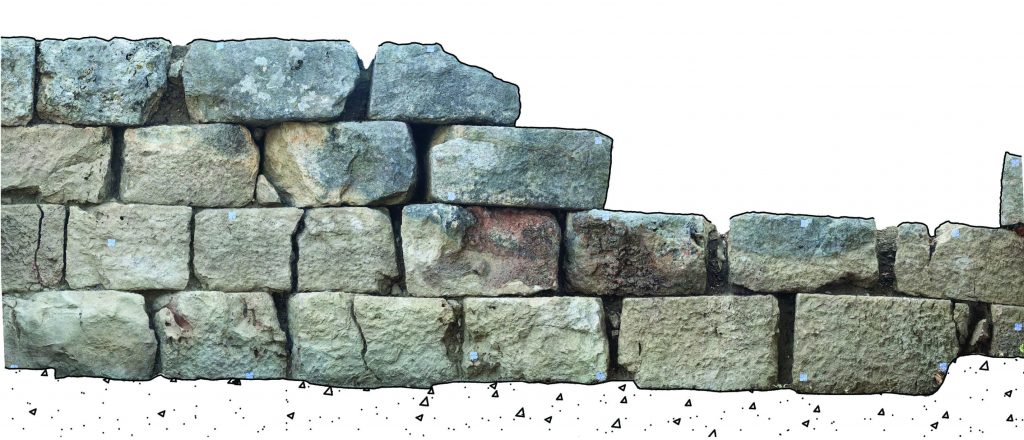
The Archaic fortification (Kadıoğlu, 2021, 143, Figure 51a)
The fact that Herodotus mentions that the Persian general Harpagus captured the city by piling soil in front of the walls of Teos in about 545 BC indicates that the city wall existed at least before the mid-6th century BC. Although there is no direct evidence pointing to the Archaic wall system, the high terrace wall on the northeast slope of the Acropolis hill, which supports a flat platform on the hilltop, could also serve a defensive purpose. This suggests that the terrace wall might be part of the Archaic Wall surrounding the Acropolis. The construction technique and surface craftsmanship of the terrace wall support this dating (6th century BC). Petrographic and chemical analyses of samples taken from this wall and other city walls indicate that the blocks were quarried from the upper layers of the marble quarry, suggesting that the terrace wall predates the Classical and Hellenistic walls.

Archaeological map of Teos and its surroundings (Kadıoğlu, 2021, 25, Map 4)

